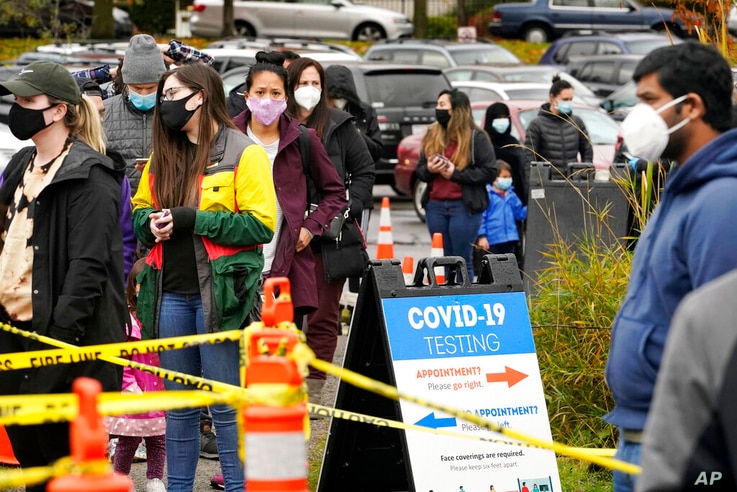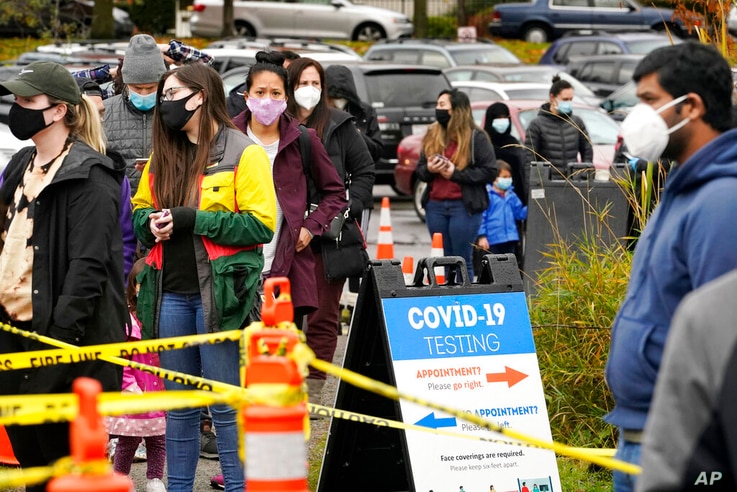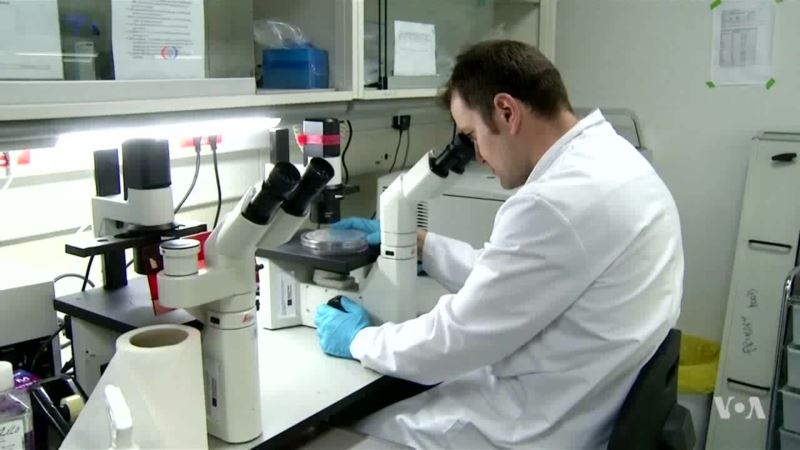As COVID-19 cases are spiking around the United States, the Centers for Disease Control and Prevention has issued specific guidelines for celebrating Thanksgiving on November 26.
Dr. Henry Walke, CDC's COVID-19 incident manager, told financial cable news network CNBC that the holiday is an important time to be cautious.
"(There is) no more important time than now for each and every American to redouble our efforts to watch our distance, wash our hands, and most importantly, wear a mask," he said.

Additionally, the CDC recommends celebrating only with people who live in the same house. Whether people are hosts or guests, the CDC urges limiting their numbers, holding gatherings outdoors, thorough cleaning and disinfecting, and having guests bring their own food and beverages. It advises against potluck-style dinners.
If the gathering cannot be held outdoors, the CDC suggests maintaining air circulation by opening windows or using fans.
It also recommends not letting guests enter areas where food or drinks are being prepared.
The CDC urges using "single-use options, like salad dressing and condiment packets, and disposable items like food containers, plates and utensils."
Thanksgiving is usually one of the busiest travel periods in the country, though the CDC is advising against it this year.
"For Americans who decide to travel, CDC recommends doing so as safely as possible by following the same recommendations for everyday living," Walke said.
The first recommendation is to get a flu shot. The second is to find out if any potential travel restrictions could impact the trip.
The CDC also urges people who are considering travel to weigh their susceptibility and risk factors — whether they would be traveling to or from an area with increasing case numbers, and whether area hospitals are stressed from cases.






